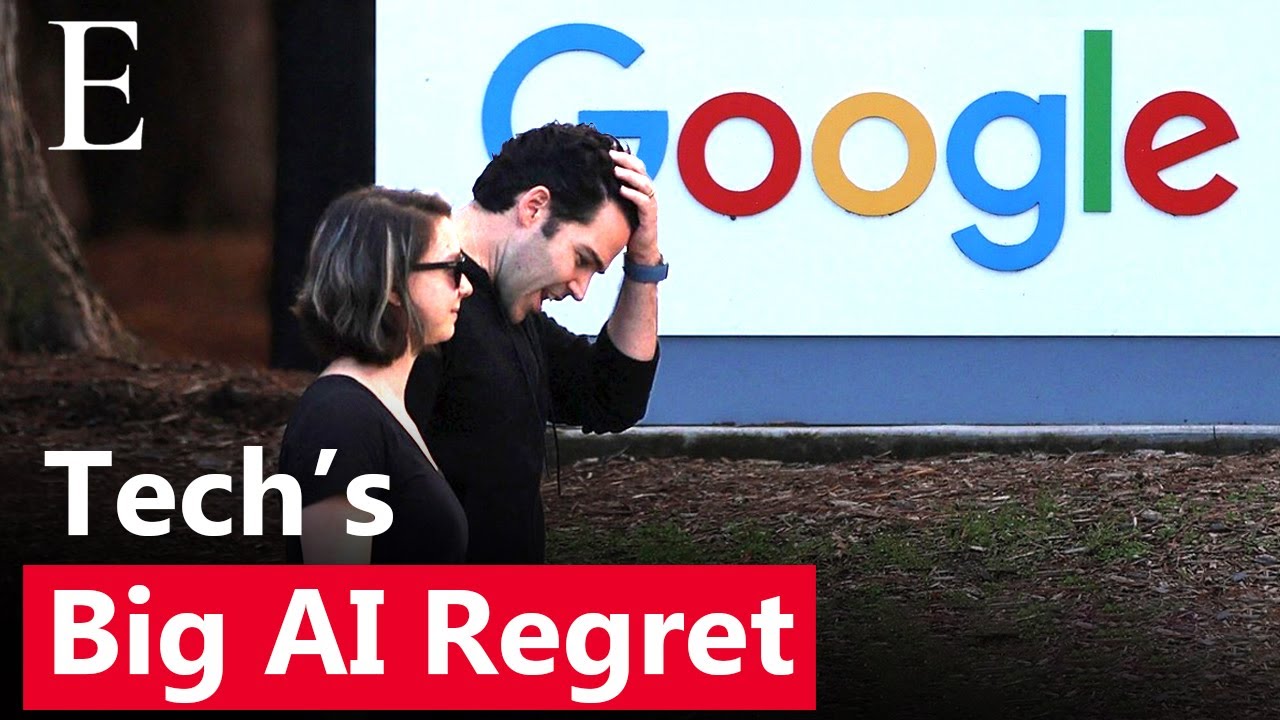Many leading companies have faced significant challenges and setbacks when attempting to replace human workers with AI, often resulting in reduced workforce efficiency, customer dissatisfaction, and operational issues. The key takeaway is that AI is most effective when used to augment rather than replace human labor, requiring thoughtful integration, training, and collaboration to achieve successful outcomes.
Many leading tech companies like Tesla, Microsoft, Amazon, Google, and others have attempted to replace human workers with AI, but these efforts have often backfired. Microsoft recently announced layoffs of nearly 4% of its workforce, and Amazon’s CEO has warned employees that AI will reduce the company’s future workforce. Despite initial enthusiasm, over half of businesses that replaced employees with AI now regret the decision. This trend highlights the overconfidence companies had in AI and automation, which has led to significant workforce reductions but also operational challenges.
Tesla’s 2017 attempt to automate its Model 3 production line is a prime example of the pitfalls of extreme automation. The company aimed to create a “machine that builds the machine” with a highly automated Gigafactory, but machinery failures and production bottlenecks caused output to fall far short of targets. Robots frequently broke down, and the fragile system required reintegrating human workers to stabilize production. Elon Musk later acknowledged that “humans are underrated,” underscoring the value of human labor in complex manufacturing processes.
Other companies have faced similar issues when applying AI to intellectual and service tasks. For instance, CLA reduced its workforce by 40% after implementing chatbots, but customer service quality declined, with longer problem resolution times and more unsatisfactory interactions. Taco Bell’s automated voice system led to errors in orders and billing, forcing the company to limit its use. Duolingo experienced a drop in lesson quality and user retention after replacing some contractors with AI, while Telstra saw slower customer response times after replacing thousands of employees with AI.
Research shows that only a small fraction of AI integrations generate immediate revenue or significant improvements. MIT studies reveal that just 5-7% of AI initiatives produce measurable returns, with most failing due to poor planning, inadequate data, and insufficient employee training. Additionally, companies that implemented AI without human oversight saw increased employee turnover and decreased customer satisfaction. However, when AI is used to complement human work, such as in logistics route optimization, companies report productivity gains and cost reductions, demonstrating the importance of balanced AI-human collaboration.
The overall lesson is that AI works best as a tool to augment human skills rather than replace them entirely. Responsible AI adoption requires clear communication, comprehensive training, and strategic integration into existing workflows. When employees feel valued and supported, AI can free them from repetitive tasks and enable focus on higher-value work. Conversely, poor implementation can lead to job insecurity, stress, and talent loss. Companies like Tesla, CLA, and IBM illustrate that organizational resilience depends on maintaining a balance between technology and human capacity.
